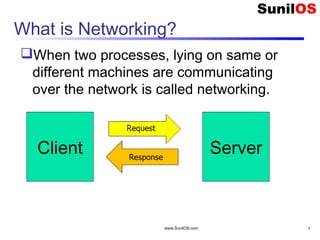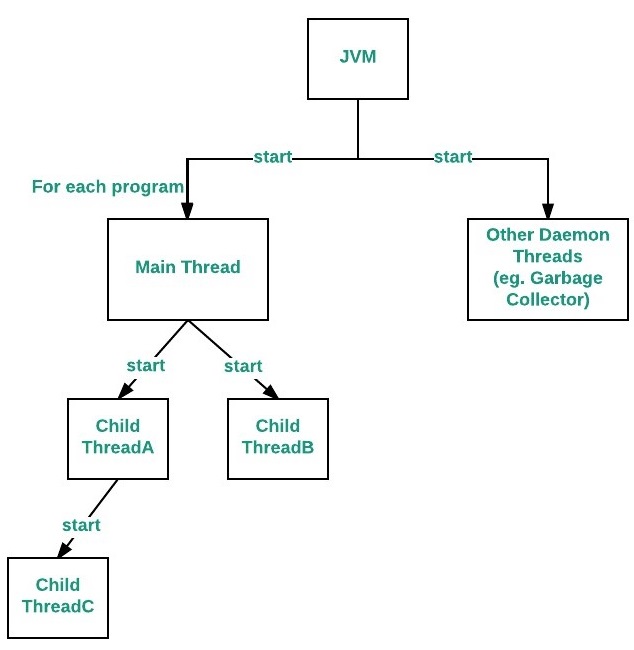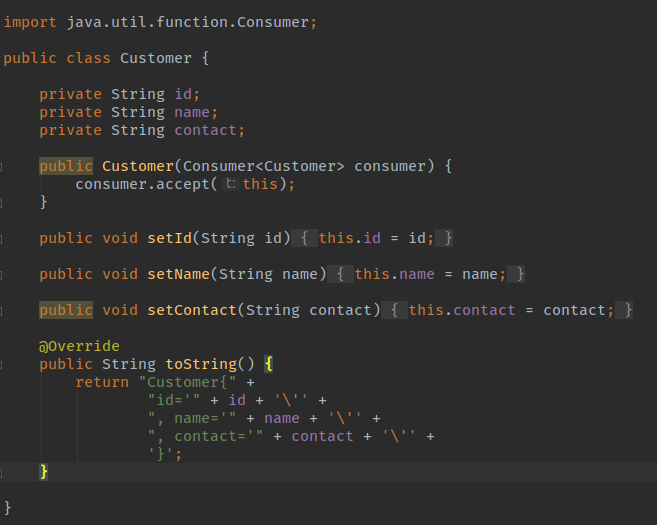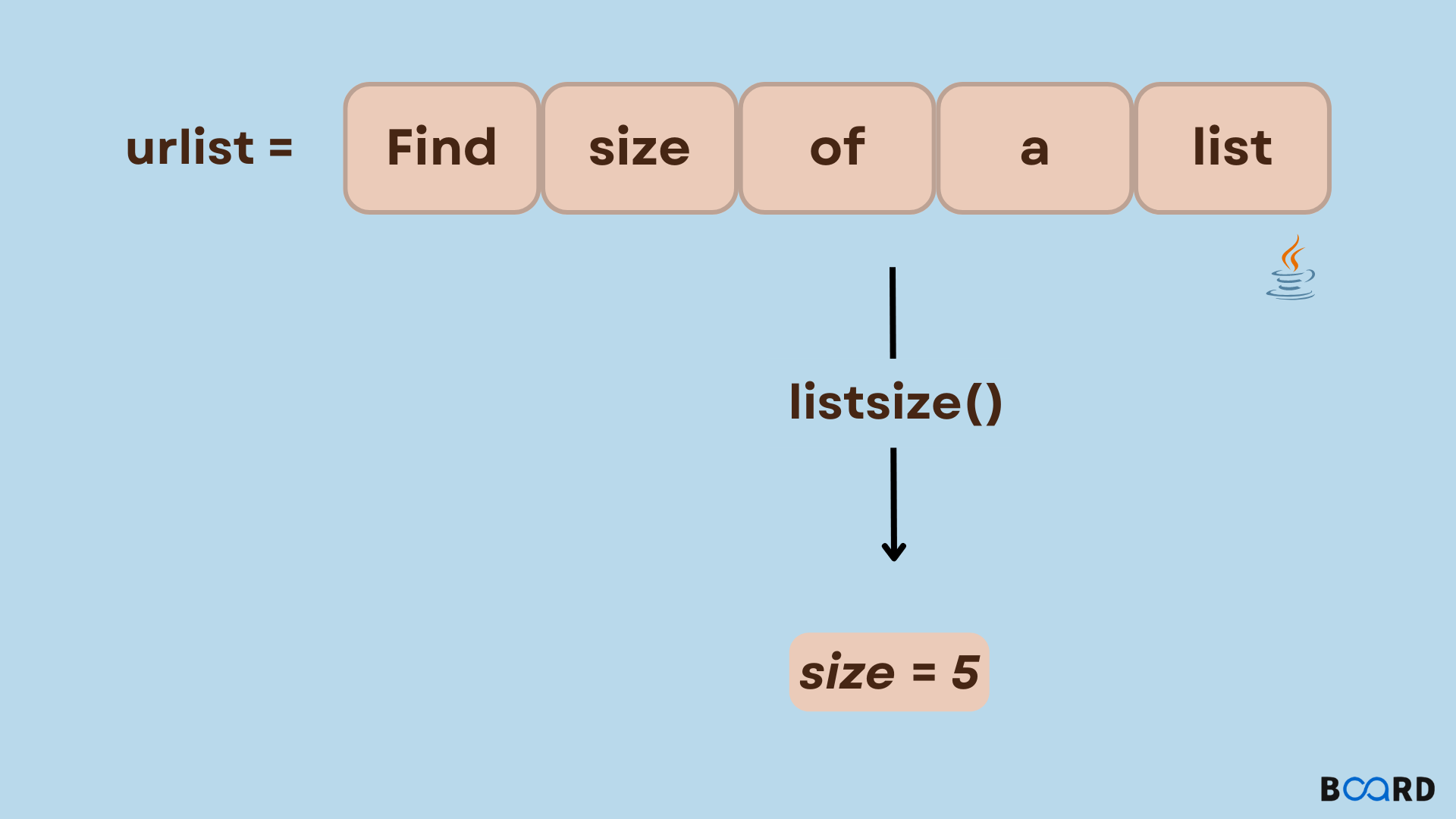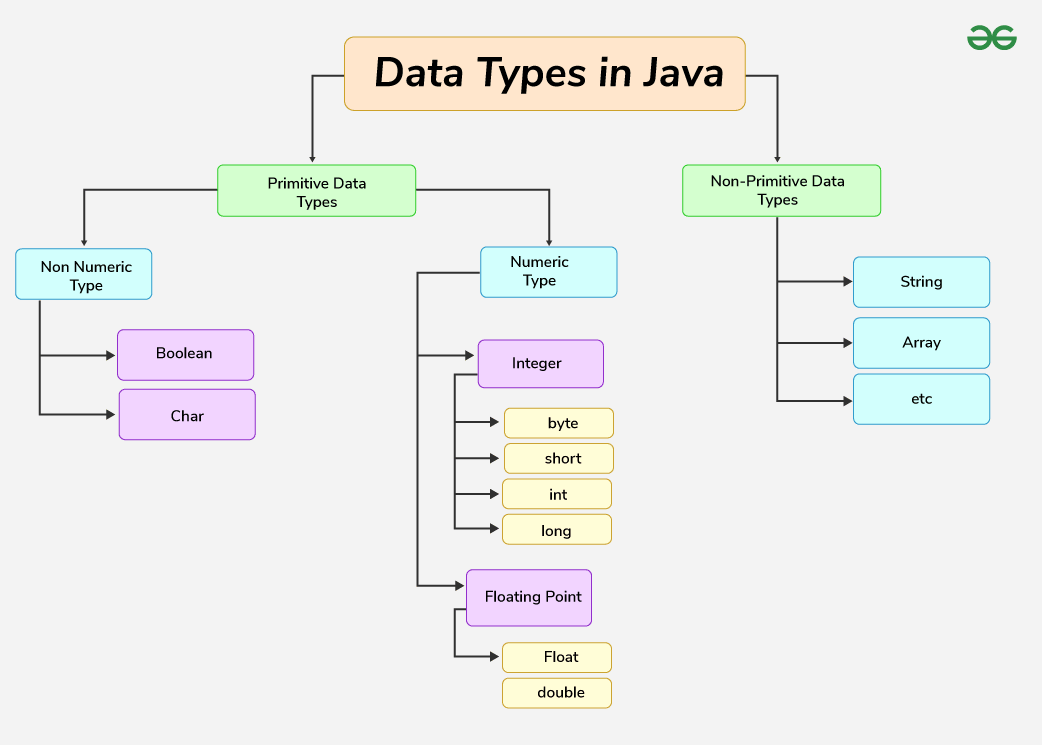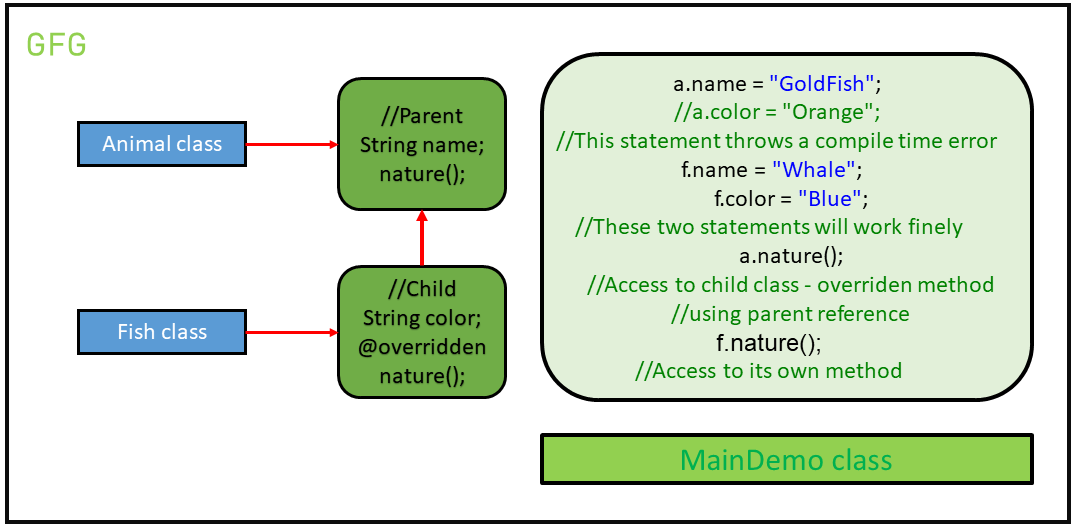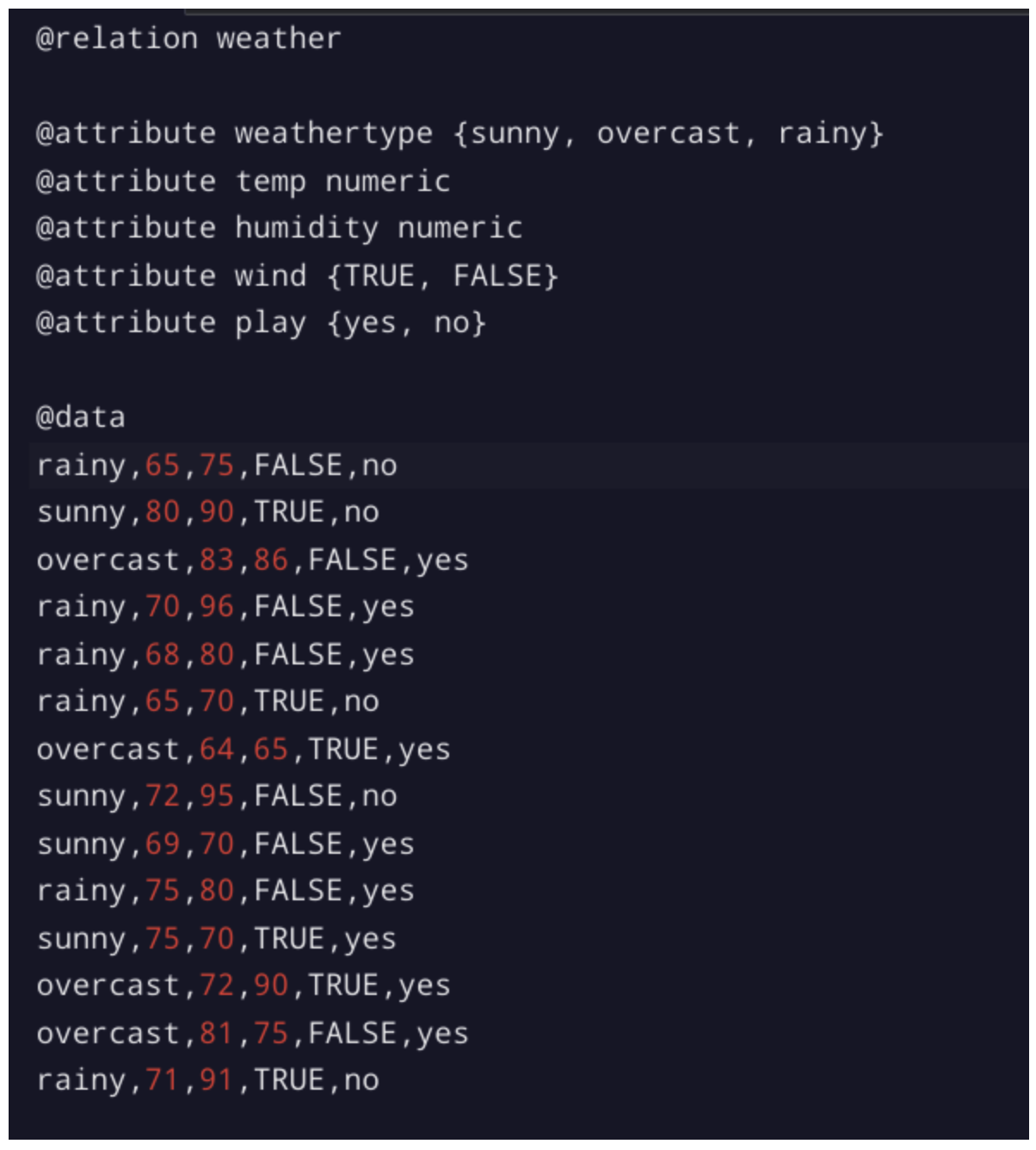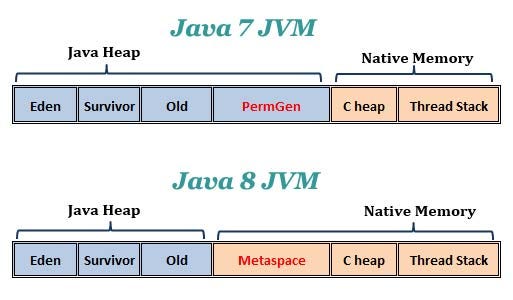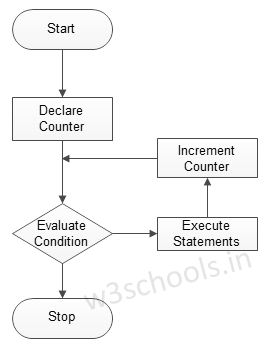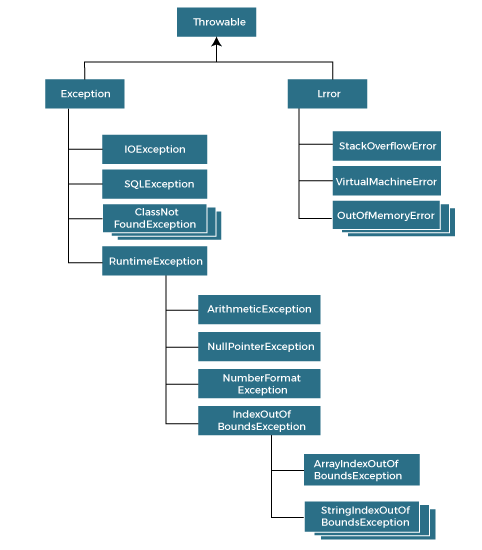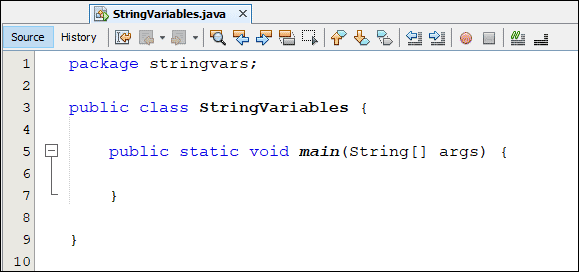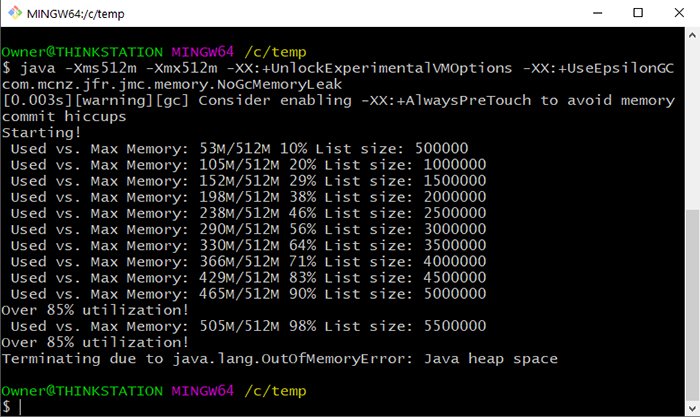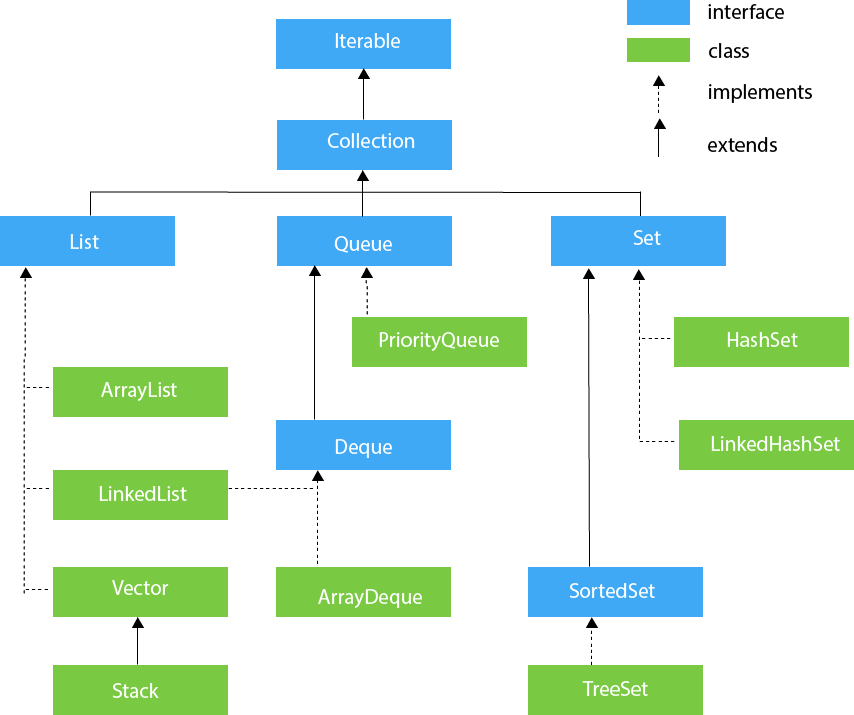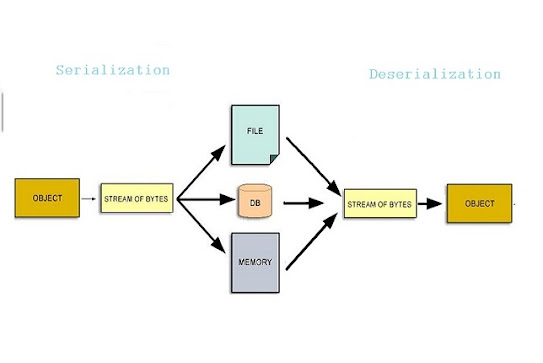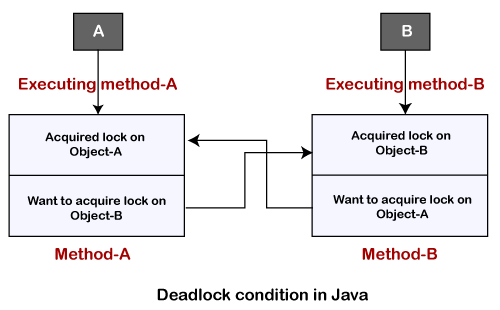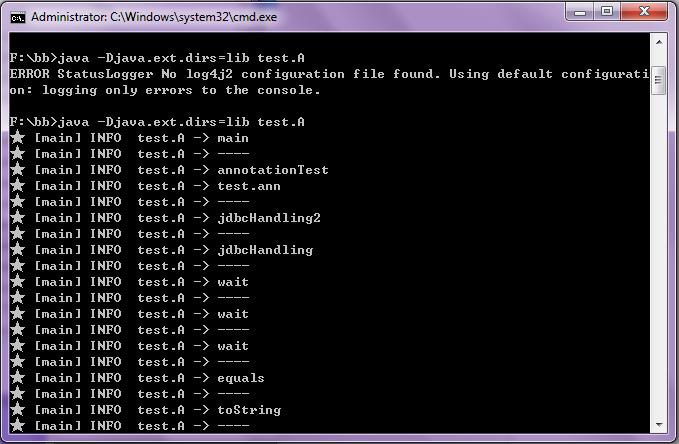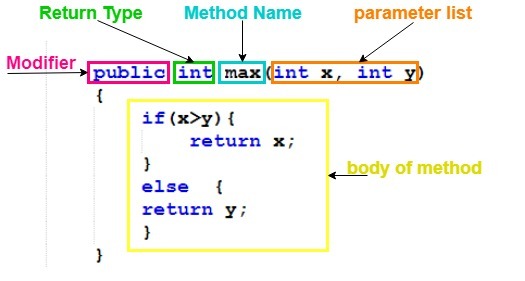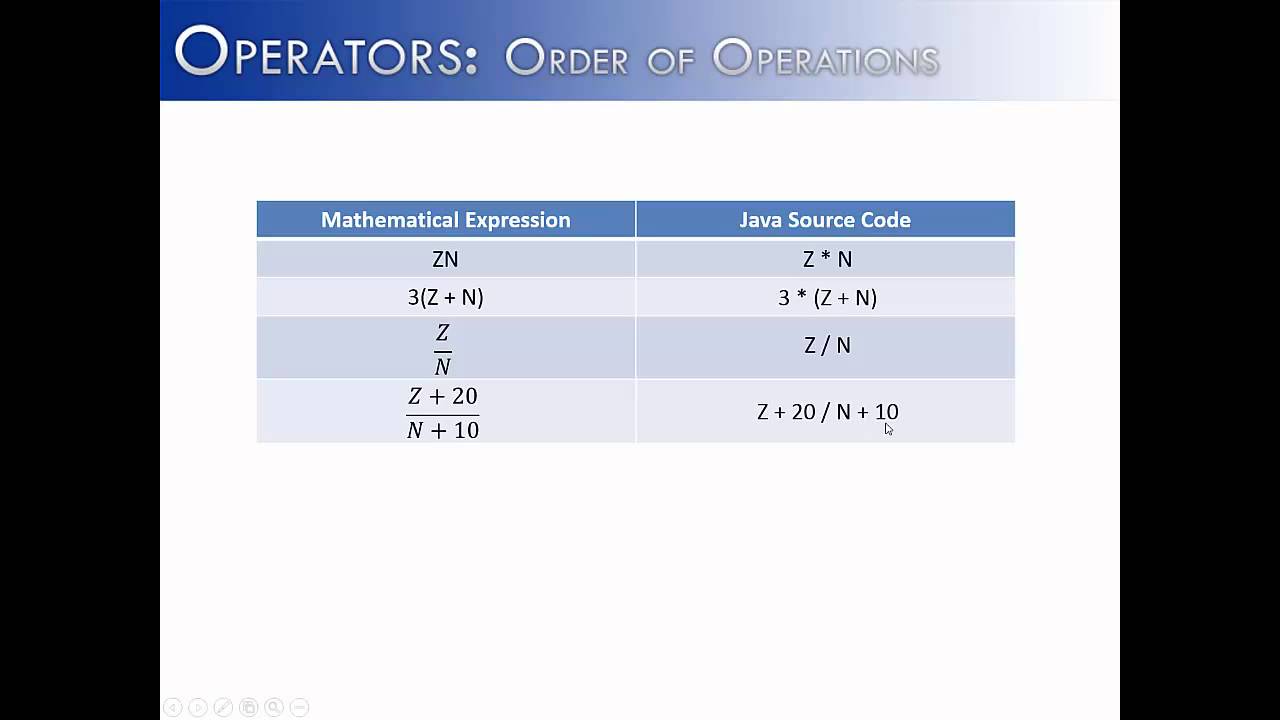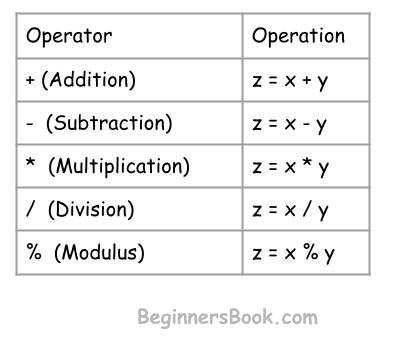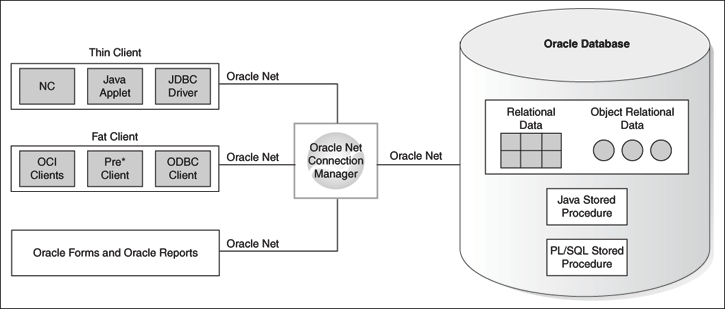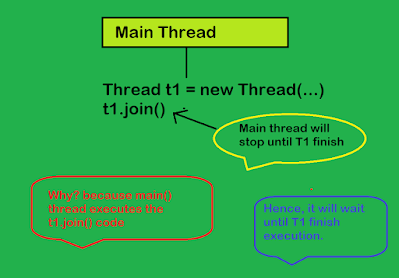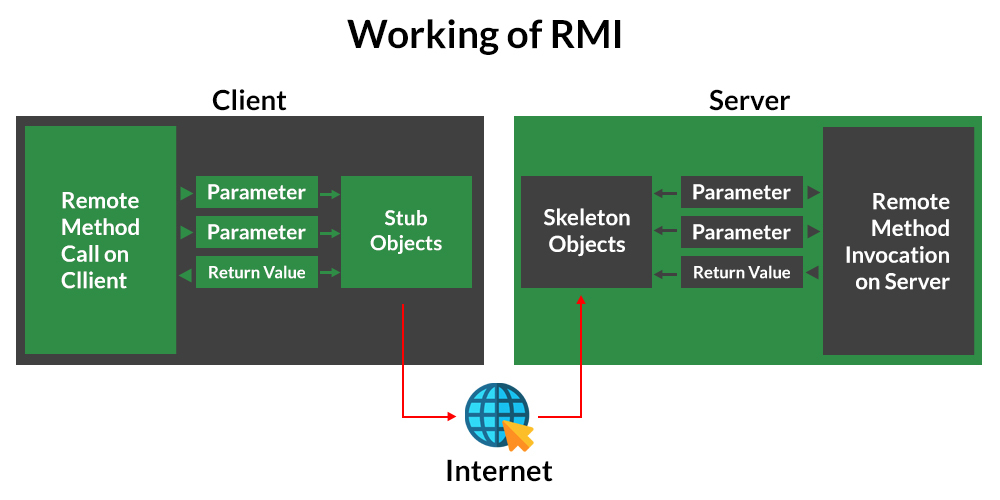What are the differences between inheritance and polymorphism in java
What are the differences between inheritance and polymorphism in java
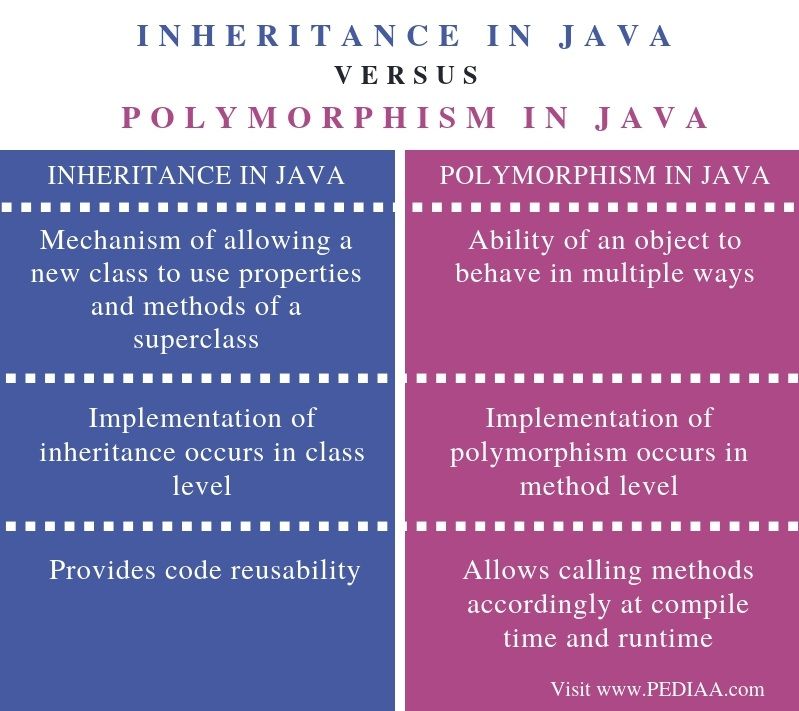
I'd be happy to explain the differences between inheritance and polymorphism in Java.
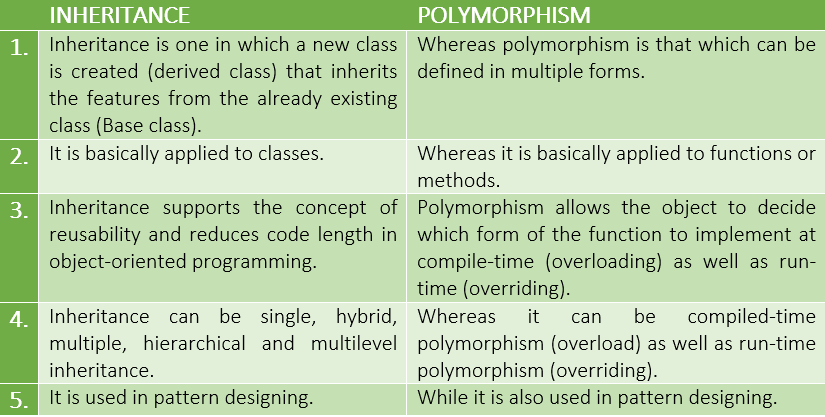
Inheritance is a mechanism that allows one class to inherit the characteristics of another class. The parent class, also known as the superclass or base class, provides a foundation for the child class, which is often referred to as the subclass or derived class. The child class inherits all the fields (data members) and methods (functions) from its parent class, but it can also add new fields and methods or override those inherited from its parent.
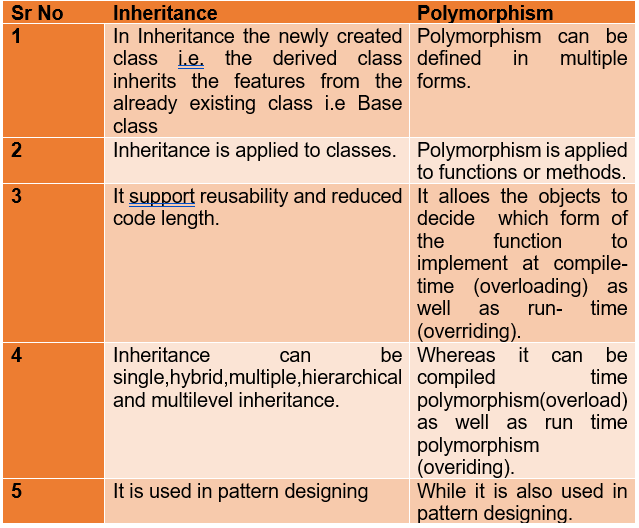
Polymorphism is the ability of an object to take on multiple forms. In Java, polymorphism occurs when a method or operator has different behaviors in different contexts. This means that the same method name can be used with different data types or objects, and it will behave differently based on the context in which it's called.
The key differences between inheritance and polymorphism are:
Direction: Inheritance is about inheriting characteristics from a parent class, whereas polymorphism is about changing form or behavior of an object itself. Scope: Inheritance operates at the level of classes, where one class inherits from another. Polymorphism operates at the level of individual objects, where they can change their behavior based on the context in which they're used. Implementation: Inheritance is typically implemented through theextends keyword, followed by the parent class name. Polymorphism can be achieved through method overriding (where a subclass provides a different implementation for a method inherited from its parent) or method overloading (where multiple methods with the same name can be defined with different parameter lists).
Here are some more detailed differences:
Single Method vs Multiple Methods: Inheritance typically involves inheriting all fields and methods of a parent class, whereas polymorphism involves providing alternative implementations for specific methods. Static vs Dynamic Dispatch: In Java, inheritance relies on static dispatch, where the actual method to be called is determined at compile-time based on the type of the object. Polymorphism uses dynamic dispatch, where the actual method to be called is determined at runtime based on the type of the object and the context in which it's used. Inheritance Hierarchy: Inheritance typically involves a hierarchical relationship between classes, with one class inheriting from another. Polymorphism doesn't necessarily require such a hierarchy, although it can occur within an inheritance hierarchy.To illustrate these differences, consider a simple example:
Suppose you have a Vehicle class that provides basic methods for moving and stopping. You then create subclasses like Car, Motorcycle, and Truck, each inheriting from Vehicle. This is an example of inheritance.
Now suppose you want to create different ways of handling road conditions, such as rain, snow, or dry roads. You could add a method called handleRoadConditions() that would be implemented differently for each vehicle type, depending on its specific characteristics. This would be an example of polymorphism.
In summary, while both inheritance and polymorphism are essential concepts in Java programming, they operate at different levels, serve different purposes, and involve different implementations.
What is the difference between inheritance and abstraction in Java?
I'm glad you asked! Inheritance and abstraction are two fundamental concepts in object-oriented programming (OOP) in Java, but they serve different purposes.
Inheritance
Inheritance is a mechanism where one class can inherit the properties (methods and fields) of another class. The child class inherits all the members (methods and fields) of its parent class and can also add new methods or override the ones inherited from its parent class. This allows for code reuse and facilitates the creation of a hierarchy of classes that share common characteristics.
In Java, inheritance is implemented using the extends keyword. For example:
public class Animal {
public void sound() {
System.out.println("The animal makes a sound.");
}
}
public class Dog extends Animal {
@Override
public void sound() {
System.out.println("The dog barks.");
}
}
In this example, the Dog class inherits all the members of the Animal class and overrides the sound() method to provide its own implementation.
Abstraction
Abstraction is a concept that focuses on showing only the essential features of an object or system while hiding the internal details. In Java, abstraction is achieved through abstract classes and interfaces.
An abstract class provides a partial implementation of a class and can be inherited by other classes. Abstract classes can contain both concrete (fully implemented) methods and abstract (declared but not implemented) methods. The purpose of an abstract class is to define a blueprint or a template that can be used to create specific implementations through inheritance.
In Java, abstract classes are denoted using the abstract keyword:
public abstract class Shape {
public abstract void draw();
}
public class Circle extends Shape {
@Override
public void draw() {
System.out.println("Drawing a circle.");
}
}
Interfaces are similar to abstract classes but cannot contain any implementation (i.e., no concrete methods). Interfaces define a contract that must be implemented by any class that implements it.
In summary:
Inheritance allows one class to inherit the properties of another, enabling code reuse and facilitating the creation of hierarchies. Abstraction provides a way to show only the essential features of an object or system while hiding internal details. Abstract classes and interfaces are used to achieve abstraction in Java.While both concepts serve different purposes, they are interconnected. Inheritance is often used in conjunction with abstraction to create complex systems where specific implementations can be built upon abstract blueprints.

